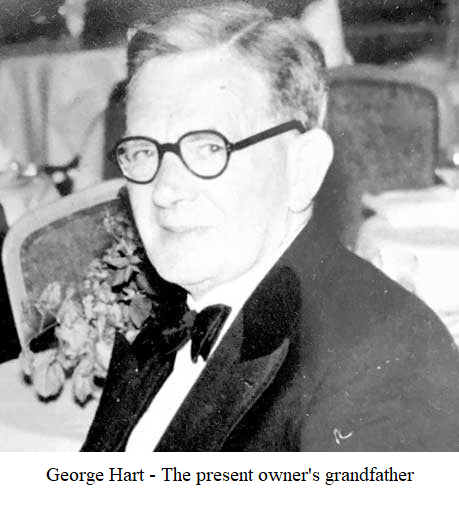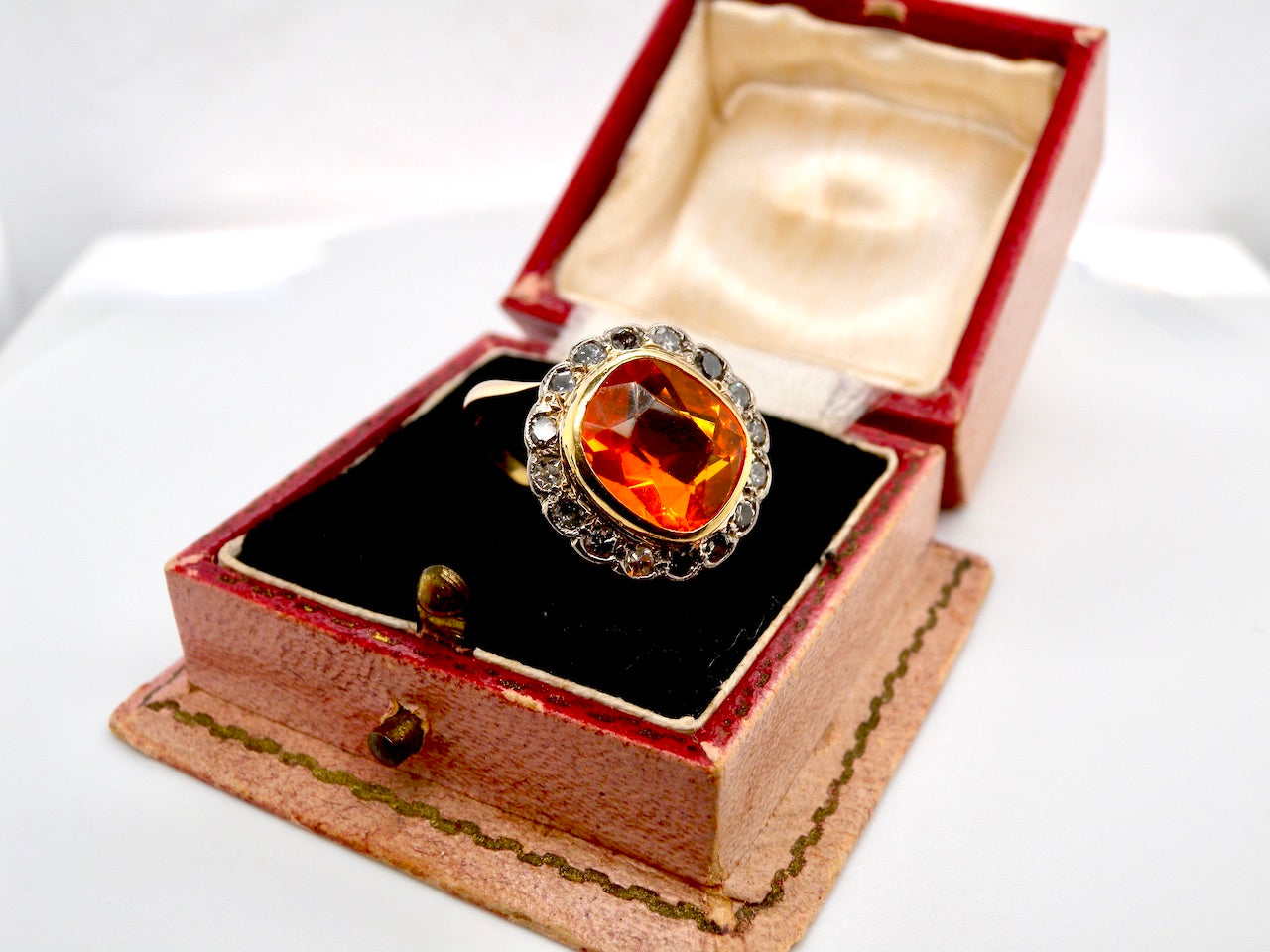There are several important questions you need to ask yourself when you are buying and valuing antique and vintage jewellery pieces. As antique jewellery experts we would advise asking these questions
- Is Your Source Trustworthy? - The most important starting point is to ask yourself if you trust your source. Is he/she a trustworthy, reliable individual? An experienced dealer has a good eye and will most likely have done a proper quality check on all vintage jewellery in his/her possession. When you buy from an unknown dealer, the onus is on you to do all this work.
- What Does Your Instinct Say?- Not many people have the advantage of gaining experience through many years of purchasing and selling jewellery. However, an experienced collector will have a strong and reliable gut feeling when looking at a piece of antique or vintage jewellery. That physical “feel” and first impressions can speak volumes to you.
- Is The Piece In Good Condition? - The first thing you need to do is check the general condition of the piece. For instance, the shank(band) of a ring should be examined to make sure that it has not been worn down too thin over the years (although most shanks can be rebuilt quite easily by a good goldsmith) . The gallery, or underside of the setting, should also be checked for cracks and the stones too, to make sure that they are not chipped, that they have good clarity and colour, and there is no surface damage. Many rings need new claws, again an easy retip can be undertaken by a goldsmith.
- Are The Stones Of Good Quality? - Although the gemstones in antique and vintage jewellery are assessed differently from the gemstones in modern jewellery – various qualities were priced at separate times. The clarity, cut, carat, and colour of any gemstone is essential to the value of any piece of jewellery. Experts use a device called a loupe to identify faults and evaluate the quality, with the expert’s experience being an added advantage.

- Does The Piece Have An Attractive Design? - Even though it seems obvious, the design of the piece is extremely important. For instance, if the design is unusual or unique, it might have an influence on the value of the piece. Experienced dealers know immediately, which designs are in demand because the desirability of a piece of jewellery has a massive impact on its value.
- What Is The Historical Context Of The Piece? - It is not the age of a piece of antique or vintage jewellery that has any direct impact on its value, but rather its historical context. Styles, materials, and construction techniques changed through the eras, like Edwardian and Art Deco jewellery, for example, that is of exceptionally high quality and considered by many to be extremely attractive. Jewellers of the Edwardian era used plenty of platinum in their pieces and produced incredibly fine beautiful jewellery.
- Does The Jewellery Have Hallmarks? - The hallmark indicates the quality and type of metal used in the piece. Take gold for instance – the carat of gold shows its purity, with 24ct being pure gold, and shows too, how vulnerable, and soft it is – the purer the gold, the softer it is. High-quality metals are normally an indication that any other metals used are also of superior quality. Pieces of jewellery made from gold, platinum, or silver, have the British assay offices hallmarks stamped on them as certification of the standard of purity. However many pieces were not hallmarked before the legal requirement in 1973, and of course this only applies to items made in the UK. An item without a hallmark does not decrease the value. It is just an indicator of age and the Assay Office used punches rather than the tools they use today which could in fact damage more delicate pieces.

Where Can I Sell My Antique Jewellery?
There are several ways to sell your antique or vintage jewellery, and these include:
- Online Auctions – although this might seem like a straightforward way to sell antique and vintage jewellery, you will need to assess the value of your jewellery without the help of an expert, which could result in under-pricing. It could also take a long time, as you will have to wait for a member of the public to bid on the jewellery. Also, there is usually a charge for using the services of an online auction site. Auction houses are a good way to sell, but of course one needs to consider the costs, the time to go to auction, and then reserves that may not be met
-
A Specialist Antique Jewellery Buyer – this is the best and safest way to sell your antique or vintage jewellery at the best price possible. We buy your unwanted gold and jewellery at top prices here at Vintage Tom, for more information click here. We can also add your item to our high traffic website on a commission sales basis. Click here to find out more about our commission sales
In Conclusion
It’s the love of antique and vintage jewellery that prompts most people to buy it. However, searching for, and eventually finding that elusive piece they have been looking for is more than enough reason to prefer antique and vintage jewellery over the creations found in today’s jewellery shop windows.
Antique jewellery pieces, for many people, are magnificent relics of bygone eras – little pieces of history that will live forever as heirlooms, unlike the passing fads of today, which come and go.
It is the build-up of excitement that a person feels when searching for a specific piece of antique or vintage jewellery and eventually finding it, that makes the whole journey of owning a piece of history a fascinating and incredible adventure!



